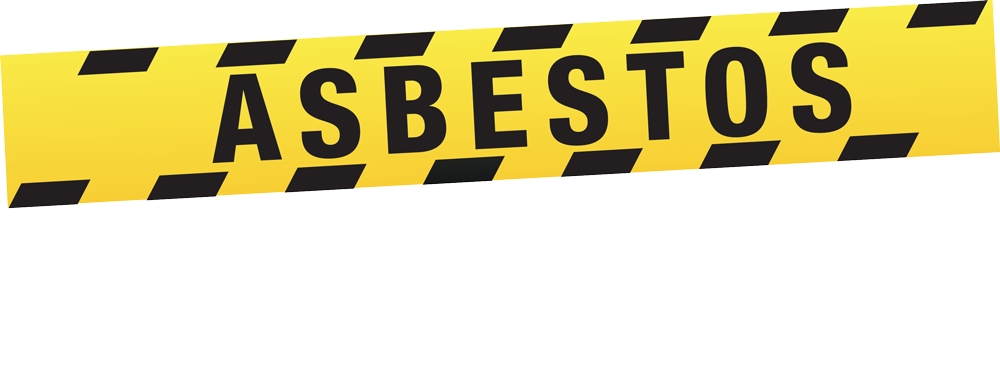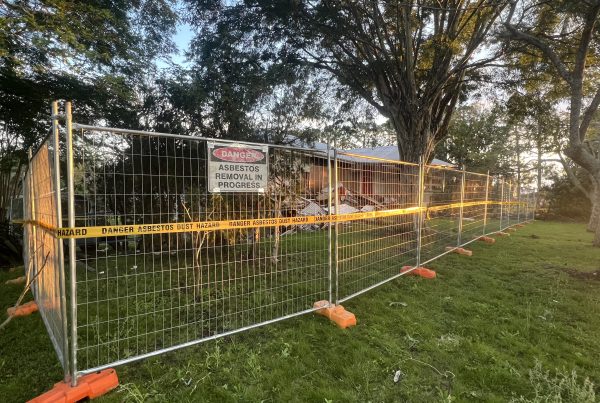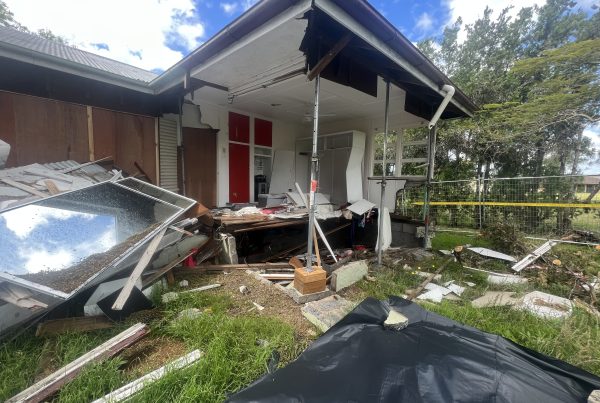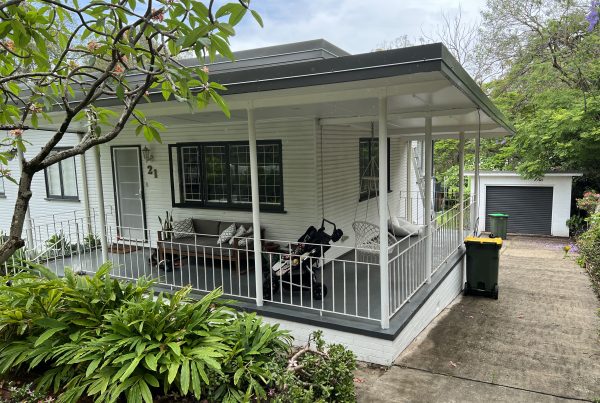Today, the use of asbestos is illegal in Australia and in most countries. Despite its ban in 2003, one in three homes in Australia may still contain asbestos, which is usually discovered in sheeting, flooring, roofing and insulation during renovation, refurbishment and demolition of buildings and homes constructed or last renovated before the 1990s.
Though there is no current requirement or obligation to remove or dispose of any asbestos you may find in your home or property, asbestos remains a highly dangerous material that can cause health problems for you, your family and your neighbours if disturbed.
For this reason, the removal of asbestos is highly regulated in Queensland and Australia-wide. It is always recommended that you engage an asbestos professional to remove and dispose of any asbestos that you may find in your home.
If you suspect you may have asbestos in your home.
There are a number of excellent resources to help you identify asbestos in your home and if you discover material that you suspect may contain asbestos, it’s vital that you do not disturb the potential asbestos.
If you plan to renovate your home and require potential asbestos-containing materials to be removed, you may wish to call an asbestos expert to conduct a NATA accredited test on the material to confirm the presence of asbestos, or simply arrange for the suspected asbestos to be removed and disposed of by a licensed asbestos removal professional such as Asbestos Eliminator.
Asbestos removal requirements.
If you do not plan to remove, renovate or disturb the suspected asbestos in any way, you are currently not required to remove the asbestos from your home.
However, asbestos is a highly dangerous material that can lead to asbestosis and lung cancer among other lung diseases, so it is important that you do not in any way disturb or break up the asbestos and ensure that it remains ‘sealed’ at all times. This means that for asbestos cement sheeting (or ‘fibro’) for example, that it is fully coated in paint to prevent breakage and potential asbestos particles becoming airborne and entering the lungs.
It is important not to cut, saw, sand, drill, scrape, scrub or use an air compressor or water pressure washer on any materials that may contain asbestos as this increases the chance of asbestos particles and dust becoming airborne.
If you are planning to remove asbestos from your home.
Due to its fibrous crystalline structure, when disturbed or broken, asbestos can break into microscopic particles that make their way into the lungs through the air, potentially causing deadly lung diseases like lung cancer.
That’s why there are strict laws around the removal and disposal of asbestos in the home.
Currently, homeowners can remove up to 10m2 of ‘non-friable’ asbestos (such as ‘fibro’ sheeting) without the need for a licence. However, if removing ‘friable’ asbestos (such as insulation) a Class A licensed professional will need to remove the asbestos and if removing more than 10m2 of non-friable asbestos, a Class B licensed professional will be required to remove the asbestos. Asbestos Eliminator holds both a Class A and Class A licence to remove asbestos.
Asbestos is all around us, in our places of work, our schools, in industrial and commercial building sites and of course in our homes. It is important that if our homes contain asbestos – or we suspect our home may contain asbestos – that we do the right thing for us, our family, our neighbours and/or our staff. Do not risk exposing people to the dangers of asbestos by moving, removing or otherwise disturbing asbestos, instead engage a professional, licences asbestos removalist to inspect, remove and dispose of any asbestos you may have in your property.
Asbestos Eliminator holds both a Class A and Class B licence to remove and dispose of asbestos and asbestos-containing materials from homes and buildings. Get in touch for a no-obligation, free asbestos removal quote.



